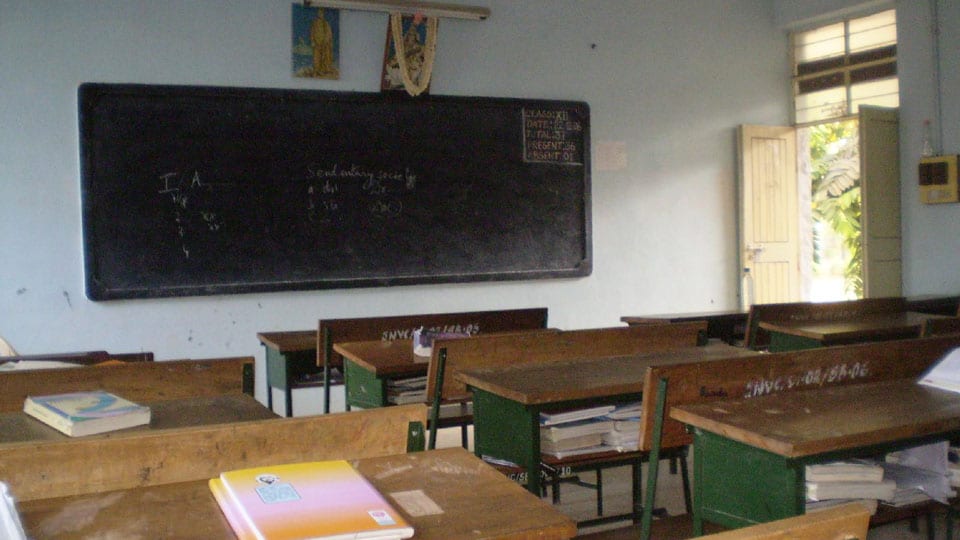Mysore/Mysuru: The Flipped Classroom concept offers an innovative solution to the unmet challenges of traditional class room. Using video technology students digest content at their own pace and use their time in the classroom to tackle difficult problems. It also creates practical instances to foster face to face collaboration, says Dr. N. N. Prahallada, former Faculty, Regional Institute of Education (RIE), NCERT, Mysuru.
A Flipped Classroom is an instructional strategy and a type of blended learning that reverses the traditional learning environment by delivering instructional content, often online outside the classroom. It moves activities including those that may have traditionally been considered home work into the classroom.
It is a pedagogical model in which the typical lecture and home work elements of a course are reversed. Short video lectures are viewed by the students at home before the online class session starts.
Impact: The impact of the Flipped Classroom will be on the learning environment and students prefer this innovative method of instructional strategy. This model appears to be more successful among students.
Benefits: It promotes student- centred learning and collaboration, helps class time to master skills, encourages students to teach and learn concepts from each other with the guidance of their teachers.
Pros and Cons: Students have more control, lessons and contents are more accessible, it can be more efficient and can create a digital divide.
Steps for implementing Flipped Classroom: Select a standard, develop an assessment, locate instructional content, plan your in-class activities and evaluate.
Pointers: Decide which technology you will use, which video service you will use, make your videos, make your students accountable for watching your videos and teach them in the glow of stress-free online teaching.








Recent Comments